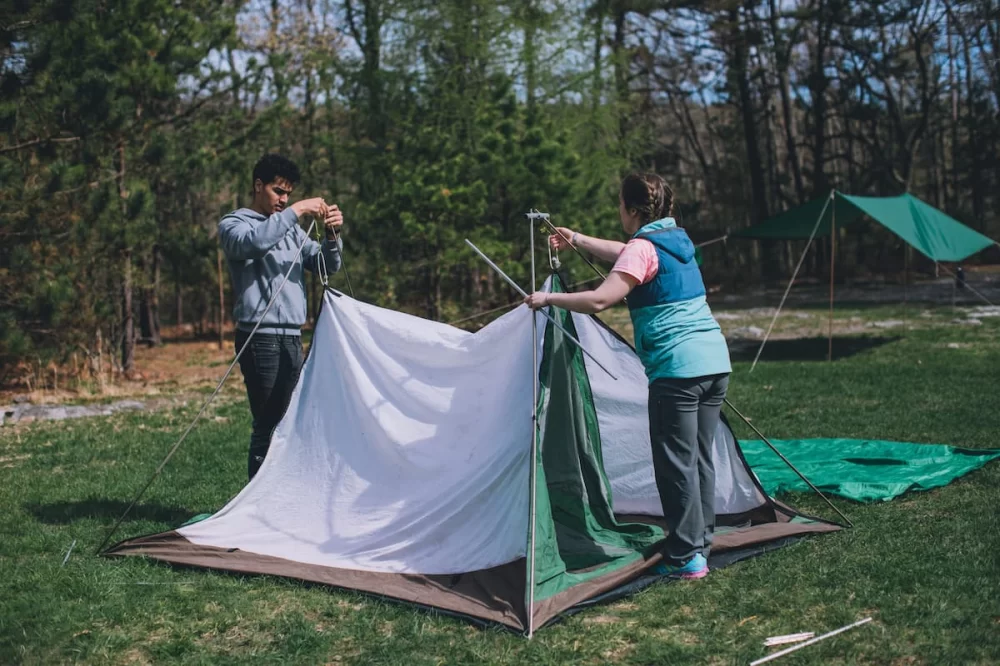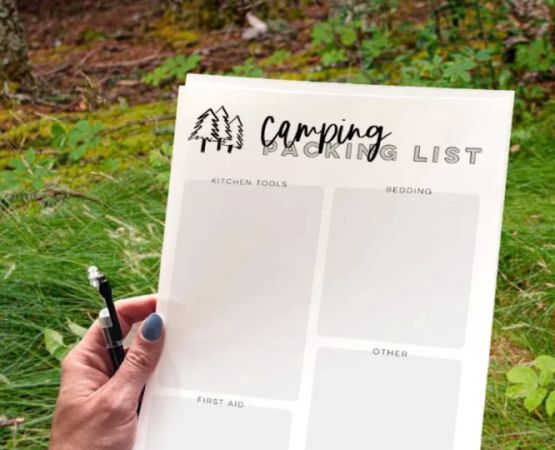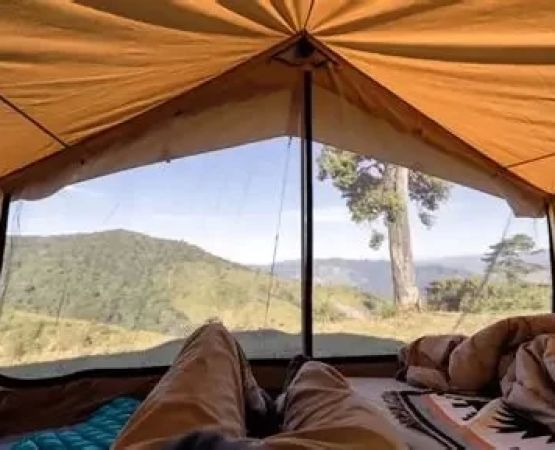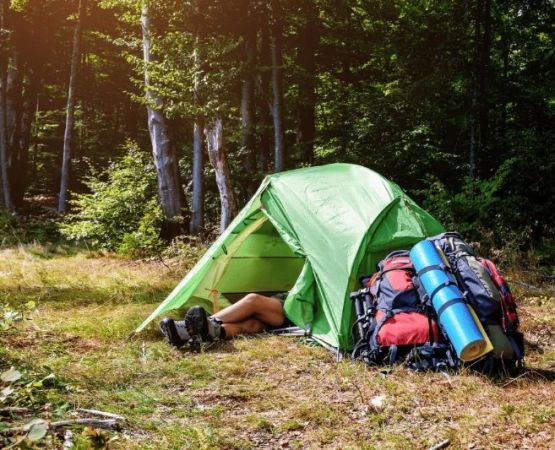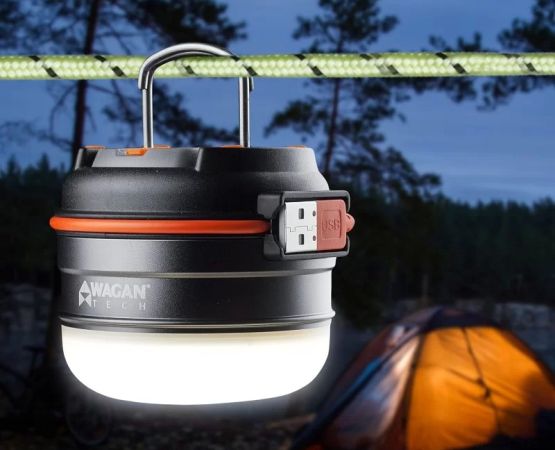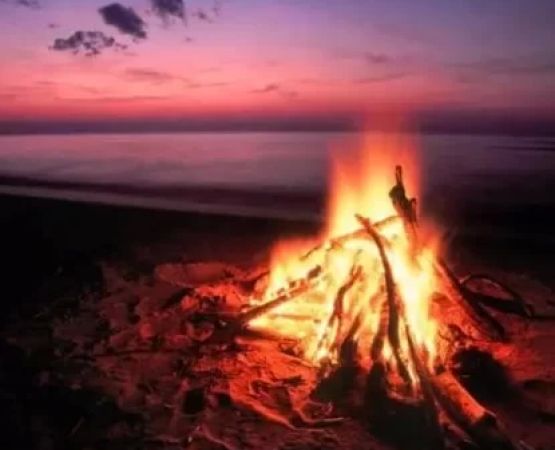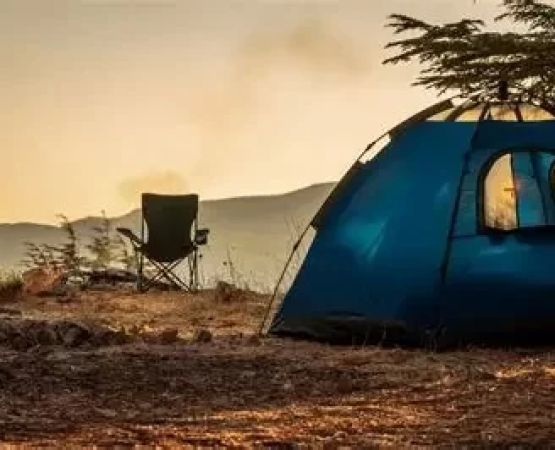Mastering the Art of Tent Setup: A Pro’s Guide
Setting up a tent may seem like a simple task at first, but for those who have spent a night under the stars, they know it’s an art form. As someone who has camped countless times, I’ve encountered all sorts of tent-related challenges. From rainy nights to gusty winds, I’ve learned the tricks and tips that make setting up your tent as smooth as possible. Whether you’re a first-time camper or a seasoned pro, this guide will help you learn how to set up your tent like an expert. Trust me, you’ll be thanking yourself when the weather turns, and you’re snug inside your perfectly set-up shelter.
1. Choosing the Right Spot
Before you even think about unrolling your tent, it’s important to choose the right spot to pitch it. When I first started camping, I made the mistake of setting up on uneven ground. It made sleeping uncomfortable and, worse, left me feeling sore the next morning. Always aim to set up your tent on level ground. Avoid places where water could pool, like depressions in the earth, as heavy rain could quickly flood your tent.
Look for an area that’s sheltered from the wind. This could be a spot next to a large rock, a clump of bushes, or even a natural incline. I’ve found that a little extra time spent choosing the perfect spot can make the whole camping experience far more enjoyable.
2. Unpacking and Preparing the Tent
Once you’ve picked your perfect spot, it’s time to unpack your tent. Lay the ground tarp first. This small but essential step protects your tent’s bottom from rocks, twigs, and moisture. When I first started camping, I skipped this part, but after a few trips with a soaked tent floor, I quickly learned that it’s worth the extra weight in your backpack.
Next, unroll your tent and lay it out in the desired spot. Make sure it’s aligned properly, so you don’t have to struggle to adjust it once you begin assembling. Keep your tent’s poles nearby for easy access, and make sure you have all the necessary components: tent body, poles, stakes, rainfly, and guylines.
3. Assembling the Tent Poles
Now comes the part that can trip up many beginners: assembling the poles. If you’re using a tent with multiple poles, you’ll want to start by connecting the sections. Most modern tents use color-coded poles to make this process easier. Always follow the instructions, but the general rule is to connect the longer poles first, followed by the shorter ones.
Once the poles are assembled, the next step is to attach them to the tent body. Make sure you’re attaching the right pole to the corresponding sleeve or clip. It’s not uncommon for campers to get frustrated during this step, especially when the tent seems to be misaligned. I’ve been there too, but a little patience goes a long way. If you find yourself struggling, step back and reassess the pole structure before forcing anything into place.
4. Erecting the Tent
With the poles connected, it’s time to raise the tent. Depending on your tent design, you may need to insert the poles into corresponding grommets or hooks on the tent body. Be sure to keep the tent’s body aligned as you raise it so it doesn’t become twisted. I’ve learned to keep one hand on the pole junctions while securing the base, which helps ensure everything stays in place.
Once the poles are in place, raise them gently. If your tent has a high ceiling, you may need to extend the poles to their full height. The key here is to work slowly and methodically—there’s no need to rush. Take your time, ensuring the structure is stable as you go.
5. Securing the Tent with Stakes
After the poles are fully extended and the tent is standing, it’s time to stake it down. This is the step that keeps your tent from blowing away during strong winds or storms. Use the provided stakes to secure the corners of the tent, driving them into the ground at a 45-degree angle. This ensures maximum stability.
Some tents may also have guylines, which help secure the tent even further. I recommend attaching these lines to the designated points on the tent and securing them to nearby anchor points like trees or rocks. This step is especially important in windy conditions, as it prevents the tent from shifting or collapsing under pressure.
6. Adding the Rainfly
One of the most important parts of tent setup is the rainfly. I’ve had my fair share of soggy nights, and trust me, a rainfly is a lifesaver. Attach it over the tent, ensuring it’s stretched tight and covers the entire structure. It should hang over the tent’s entrance to prevent water from getting inside. Depending on your tent model, you may need to secure it with additional hooks or straps.
Make sure that the rainfly doesn’t touch the tent body, as this can cause condensation to build up inside. A little airflow goes a long way in keeping your shelter dry.
7. Final Adjustments and Comfort Tips
Now that your tent is fully set up, it’s time for some final adjustments. Double-check all of your stakes to ensure they’re secure, and adjust the guylines if needed. I also recommend brushing off any debris from the interior of the tent and organizing your gear inside for a comfortable sleeping area.
Remember, tent setup is a skill that improves with practice. After a few camping trips, setting up your tent will become second nature. And don’t forget—enjoy the process! The next time you’re camping, you’ll feel confident in your ability to set up your shelter quickly and efficiently, so you can get to the best part: relaxing and enjoying the great outdoors.
Camping Tip: Always Practice Your Setup at Home
If you’re new to camping or using a new tent, I recommend practicing your setup at home. This gives you the chance to familiarize yourself with the tent’s components and troubleshoot any potential issues before you’re out in the wild. I’ve done this many times, and it’s saved me plenty of frustration during actual camping trips!

